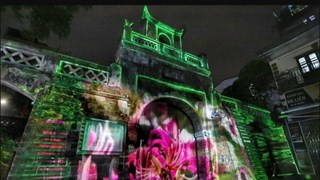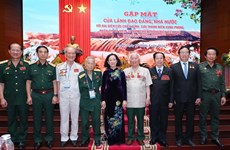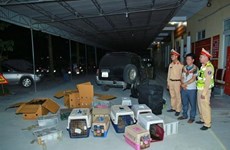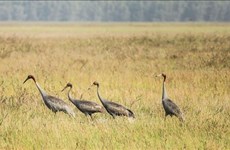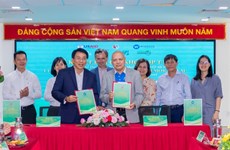Quang Ngai to establish Ly Son Island preservation zone
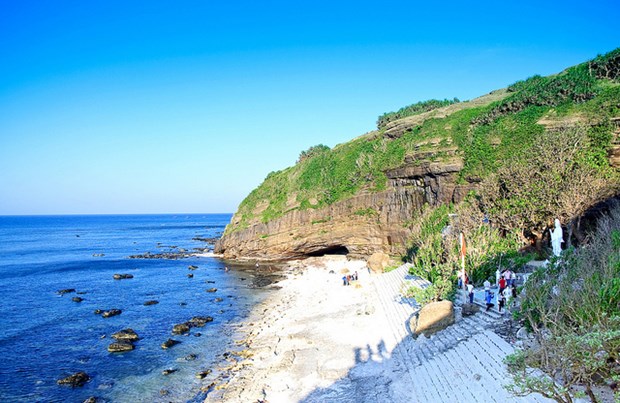 The central province of Quang Ngai approved a plan to turn Ly Son Island into a sea preservation zone by 2020. (Source: Internet)
The central province of Quang Ngai approved a plan to turn Ly Son Island into a sea preservation zone by 2020. (Source: Internet)The central province of Quang Ngai passed a project on August 7 to turn Ly Son Island into a sea preservation zone in an effort to develop the island sustainably.
The Ly Son Island preservation zone is one of 16 zones approved by the Prime Minister in Decision 742/QD-TTg. The Ministry of Agriculture and Rural Development was assigned to carry out the detailed plans.
After completing detail planning from 2010-2012, the ministry handed over it to the Quang Ngai People’s Committee for implementation.
Under the plans, the zone covers 7,900 hectares, including the whole island and its surrounding sea, and the total investment is 36.4 billion VND (1.7 million USD).
The project will be implemented in two stages, from 2016 to 2017 and from 2018 to 2020.
The project will include developing infrastructure, the purchase of equipment, the restoration of ecosystems, scientific research, community development and others.
According to Dr. Chu Manh Trinh, an expert on the Management Board of the Cham Island preservation zone of Hoi An city in neighbouring Quang Nam province, community participation will play a key role in the project’s success.-VNA
